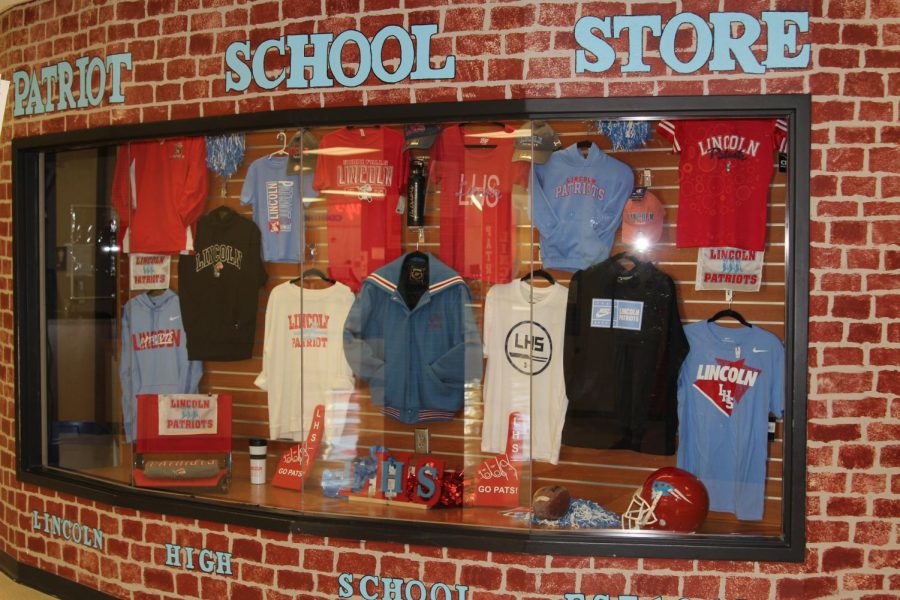New energy drink making a Bang at LHS
The LHS school which recently started selling the controversial Bang energy drink.
November 20, 2020
Lately there has been a fad among teenagers: an energy drink called Bang. A drink originally intended for frequent gym-goers, Bang advertises their ability to help both the mind and body when a boost becomes necessary. However, as adolescents seek new ways to get them through the school day, this drink is being consumed more and more by students. Furthermore, the LHS school store just started selling them.
While it’s great that LHS has the privilege of having a school store, as it gives money to the school, acts as a model business for finance classes and allows students to grab a snack whenever they feel the need, it’s also important that students know exactly what they are consuming.
Michael Jones, the teacher at LHS who runs the school store, noticed that the school stores at WHS and RHS both started selling Bangs this year and the demand was equally high at LHS. This, combined with the fact that the school is strictly limited in what they can sell by USDA health regulations, made Bang a perfect way for the store to generate more business.
Taking a look at the can, one may notice the warnings that state “not intended for individuals under the age of 18” and “too much caffeine may cause nervousness, irritability, sleeplessness, and occasionally, rapid heartbeat.” These statements alone should be enough for students to not drink Bang, but taking a further look into the ingredients and the effects of caffeine on minors makes this issue even more serious.
Bang contains 300mg of caffeine, which is, according to a Medical News Today article, three times the maximum amount of caffeine an adolescent should consume throughout the day. That same source states that drinking too much caffeine can lead to “nervousness, anxiety, jitteriness, sleep problems, gastrointestinal disturbances, tremors, increased heart rate and even death.”
Not only do Bangs contain way too much caffeine for students; there’s also no limit on how many one can buy. In order to get an understanding of what makes Bang so appealing to my peers, I bought two different flavors: Blue Razz and Peach Mango. Were I to consume both of these drinks, there’s no doubt I would feel mild side effects of caffeine overdose at the very least. While trying the two variants, I noticed how incredibly good they tasted, even enticing me to keep drinking beyond my initial test. This is due to the sucralose found in Bang, an artificial sweetener that is known to cause individuals blood sugar and insulin levels to rise.
With a strong caffeine buzz and a drink as tasty as Bang, it’s easy to understand why students like to enjoy one or more of these energy drinks throughout their day.
In addition to the caffeine and sucralose, Bang contains a questionable ingredient by the name of “SUPER CREATINE,” a synthetic creatine manufactured and sold only by Bang. Neither the can nor Bang’s official website states how much “SUPER CREATINE” is present in the can, leaving the consumer wondering if they may be ingesting too much.
Bang offers little to no health benefits, having no protein or fiber, and according to a STACK Media article, such a little amount of vitamins that it hardly has an impact on the average person.
It’s important for students to understand what they are putting into their body, but many times adolescents are apathetic to these facts and will choose to consume what they want without looking at the consequences. When it comes to Bang, like many other snacks, knowledge and moderation is the key to wise and responsible consumption.









